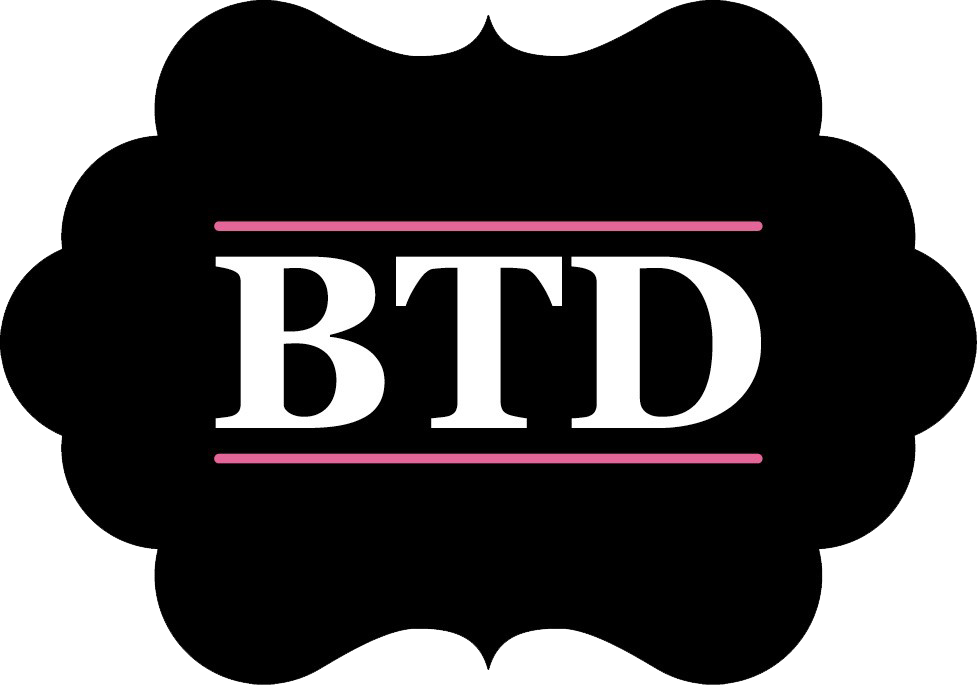Fear Isn’t Your Enemy. It’s Growth in Disguise.
Humans are meaning-making machines. The moment you attach a label to a situation, everything changes.
Take something simple: You send someone a WhatsApp message, see the blue ticks… and four hours pass without a reply. What story do you tell yourself?
They’re ignoring me. They don’t take me seriously. I’m not respected.
If you believe that story, you might feel hurt, angry, or dismissed.
But then, you finally speak to them, and they explain they were in a full-day workshop or handling a family emergency. Instantly, the meaning shifts—and with it, your emotional state. Relief replaces resentment. Maybe you even feel a bit silly for assuming the worst.
Now zoom out. This is a small example, but think about the labels you attach to fear, discomfort, or uncertainty—especially during change. Most of us lump those feelings under one umbrella: stress. But often, stress is simply fear in disguise.
Fear isn’t always the dramatic, heart-pounding kind. It can be subtle. It’s the same biochemical response that kicks in when you take on a new role, change a habit, or finally say “no” when you've been conditioned to default to “yes.”
What if the discomfort you feel isn’t a sign to retreat—but an invitation to grow?
What if that uneasy feeling isn’t impostor syndrome—but evidence that you’re expanding beyond who you’ve been?
What if the real discomfort is about letting go of the previous version of yourself?
Reframing Fear as Fuel.
I once worked with a client who constantly battled procrastination. She’d miss deadlines and tell herself, “This is just who I am.” The pattern followed her into her Masters. Same stress. Same cycle. Same story.
Then something shifted.
She decided to raise her standards. She submitted an assignment on time. She asked for help instead of trying to tough it out alone. The result? More calm, more clarity—and less last-minute panic.
As we unpacked it, she noticed an internal tug-of-war: one part of her clung to low expectations to avoid disappointment. Another part knew she was capable of more.
That tension? That fear? It was growth in action. She was shedding an old version of herself to step into something bigger.
As James Clear puts it, true behaviour change is identity change. But shifting your identity isn’t just about setting goals—it’s about getting your inner critic on board. Otherwise, it’ll sabotage your next chapter before it begins.
Befriending the Inner Critic.
And, of course, when you try to grow, the inner critic shows up loud and uninvited:
"Who do you think you are to excel now?" "I know the real you."
Here’s the truth: your inner critic isn’t the enemy—it’s trying to protect you. Its voice is old, familiar, and rooted in fear. It doesn’t want you to be embarrassed, disappointed, or exposed. But what kept you safe at five—or even twenty-five—won’t help you thrive now.
To move forward, you need to reframe the relationship. Sit down with your inner critic and say:
“I see you. I know you’re trying to protect me, but I’ve got this. Thank you for looking out for me. I’m ready to try a new way—and you’re welcome to come along for the ride.”
Promote your inner critic from Head of Self-Sabotage to Head of Self-Mastery.
What if all that energy you spend worrying, procrastinating, or spiralling in self-doubt… was channelled into mastery instead?
What if instead of busying yourself with scrolling or cleaning your desk, you focused on what truly matters?
What if you allowed yourself rest—real rest—instead of forcing productivity to outrun your fear?
Because when you attach meanings like “I’m not good enough” or “I’m a fraud” to your discomfort, you’ll do anything to avoid those feelings—even if it means burning out.
So instead:
Name it. Embrace it. Get curious.
Discomfort doesn’t mean you’re failing. It means you’re growing.
The Discomfort is a Doorway.
When fear or discomfort shows up, let curiosity be your first response—not panic.
Any time you step into a new habit, hobby, or role, there’s a messy in-between phase. You might go from expert to beginner overnight. That can be jarring—especially when your identity is tied to competence.
But here’s what’s true: growth requires that transition.
Trust yourself. You’ve been here before. Look at your track record—you always figure it out. And when you don’t know how, you’ve got the resourcefulness, support, resilience and humility to learn.
The only way to mastery is through the discomfort. No shortcuts. No detours. But if you can sit in it—just long enough—you’ll find yourself on the other side, stronger and more grounded than before.
Final Thoughts.
The next time fear or discomfort whispers, “You can’t handle this,” pause.
Notice it.
Name it.
And ask: “What part of me am I being asked to let go of—and who am I becoming?”
Fear isn’t the enemy. It’s a signal that you’re shedding an old identity to make room for a new one.
This week, when discomfort arises, resist the urge to scroll, to run, or to bury yourself in busyness. Instead, remember this powerful truth from Tony Robbins:
“The quality of your life is directly proportional to the amount of uncertainty you can comfortably live with”.
So pause. Breathe. Remind yourself: This belongs. This is what change feels like.
Then ask: “What is this fear here to teach me about the version of myself I’m stepping into?”
And finally—take one small, brave step in that direction.
Growth lives on the other side of that step.
Not in spite of fear, but because of it.
Here’s to your next level of growth,
Warm wishes,
Lori
